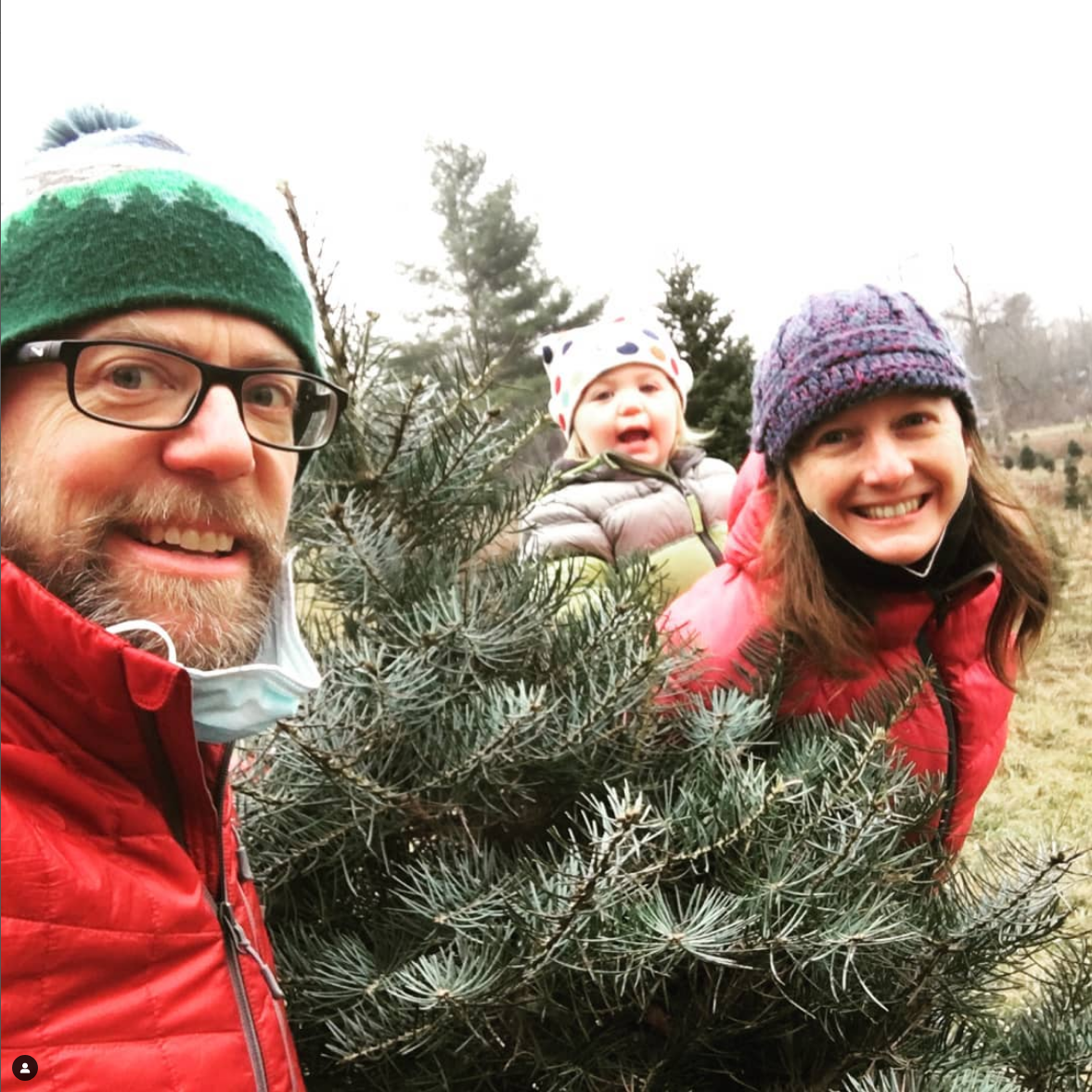About Us
Little Hogback Farm is an 800-tap maple sugaring operation nestled in the Green Mountains of Vermont. We specialize in using sustainable forest management techniques to produce the highest quality 100% Pure Vermont maple syrup, maple sugar and maple confections.

A small, family business
Matt Davis and Caitlin Cusack started sugaring together with just 40 buckets after reading the Nearing’s Maple Sugar Book. Although, it could be argued that Matt was bitten by the sugaring bug at age 9 when he tapped his first tree and boiled the syrup on the woodstove of his childhood home. Fortunately, without peeling too much of the wallpaper.

Our maple products are for the birds.
Little Hogback Farm is a Participating Producer in Audubon Vermont Bird-Friendly Maple Sugarmakers. Similar to the bird-friendly coffee grown in South America, some sugar makers in Vermont have pledged to manage their sugar bushes with birds in mind.
Our healthy, diverse forest
Maple syrup can come from forests that are managed in dramatically different ways. While park-like maple mono-cultures may be more convenient or look nice, they support relatively low numbers of birds. In contrast, biologically and structurally diverse sugarbushes offer great places for birds to find food and cover, and raise their young. They are also likely to have better long-term sap production, fewer forest health problems, and be better able to adapt to the stresses of climate change.
To participate in Audubon’s program a conservation biologist gave our woods the white glove inspection to evaluate our management practices. How do we measure up? For starters, we have a large diversity of tree species, 16 to be exact, including basswood, which is an indicator of calcium rich woods, and black walnut, a fairly uncommon species for Vermont. A diversity of trees also makes our woods more resilient to pest and disease outbreaks. We have some large standing dead hemlock trees, also known as snags, which make perfect homes for pileated woodpeckers and barred owls. In May, it’s hard to go for a walk without stepping on hepatica, Dutchman’s britches, blue cohosh, or other spring wildflowers. Wood thrushes, hermit thrushes, scarlet tanagers and Eastern wood peewees can be heard singing on any given spring to early summer day.



